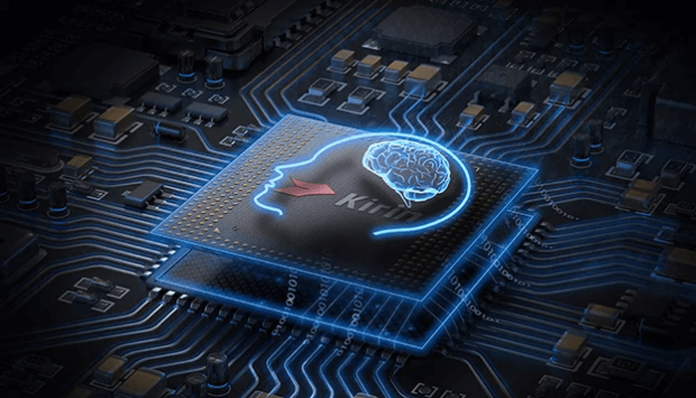
The Dutch robotics community comprises diverse knowledge holders, including universities, companies, and knowledge institutes, each specializing in various domains such as Artificial Intelligence (AI), Agro & Food, Consumer, Health, Industry, and Safety.
Today, we focus on the Netherlands, highlighting leading institutions making significant strides in robotics research.
1. Robotics Institute – Delft University of Technology (TU Delft)
The Delft University of Technology (TU Delft) is renowned for its multidisciplinary research and robust engagement with national and international industries. The Delft Robotics Institute, part of TU Delft, is one of the largest and most diverse robotics institutes globally. This institute is a hub for research across various domains, emphasizing a collaborative approach integrating technical and soft robotics disciplines.
The Robotics Institute at TU Delft focuses on several key areas:
- Bio-inspired Mechanical Design: Drawing inspiration from natural systems to develop advanced robotic mechanisms.
- Robotic Vision: Enhancing the ability of robots to perceive and understand their environments.
- Control Algorithms: Developing sophisticated algorithms to improve robot autonomy and functionality.
- Human-Robot Cooperation: Innovating ways for robots to work seamlessly alongside humans in various applications.
- Value-based Design: Ensuring that robotic solutions are ethically sound and socially beneficial.
The institute comprises multiple research groups, including Cognitive Robotics, Biomechanical Engineering, Precision and Microsystems Engineering, and more. Each group contributes to the overarching goal of creating robots that can effectively collaborate with humans beyond traditional industrial settings.
TU Delft’s Robotics Institute collaborates extensively with international industrial partners, enhancing its research impact and application. The institute also supports RoboValley, a platform that further bridges the gap between robotics research, industry, and society.
2. ESA Telerobotics & Haptics Laboratory
The ESA Telerobotics & Haptics Laboratory is a cutting-edge research facility under the European Space Agency (ESA). The lab focuses on fundamental research and development in robotics, telerobotics, mechatronics, and human-robot systems, particularly on space applications.
The laboratory aims to create advanced mechatronic tools and control algorithms optimized for human interaction and teleoperation. Key areas of research include:
- Haptic Devices: Developing systems that provide tactile feedback to operators.
- Telerobotics Systems: Creating remote-controlled robots for space exploration and other challenging environments.
- Human-Robot Interaction: Enhancing the intuitive and effective cooperation between humans and robots.
- Advanced Mechatronics: Innovating robust and high-quality mechatronic systems for various applications.
The lab’s research is characterized by a human-centric approach, optimizing systems for human operators to use easily. This involves designing intuitive control interfaces and ensuring that robotic systems are user-friendly and effective in real-world scenarios.
3. Robotics and Mechatronics Group – University of Twente
The University of Twente’s Robotics and Mechatronics group is at the forefront of integrating novel technologies and scientific methodologies to develop complete robotic systems. This group excels in creating intelligent devices, known as cyber-physical systems, by employing a port-based approach.
The group’s research centers on understanding and controlling the dynamics and interactions of mechatronic and robotic systems. Key research areas include:
- Modeling: Using port-based methodologies to simulate and understand system behaviors.
- Control and Embedding: Developing control systems and embedded software to achieve desired robotic behaviors.
- System Design: Creating comprehensive robotic systems using innovative design approaches.
The group uses extensive simulations, often with the 20sim software, a spin-off from the university, to test and refine their models. They collaborate with local SMEs and the Saxion University of Applied Sciences to produce unique mechanical parts, often utilizing 3D printing.
The University of Twente also emphasizes robotics’s social, ethical, philosophical, and business aspects, ensuring its technological advancements are holistic and impactful. Their LEO Robotics initiative accelerates partnerships between academia and industry, fostering innovation and practical applications in health care, inspection, and beyond.
4. Eindhoven University of Technology (TU/e)
Eindhoven University of Technology (TU/e) adopts an interdisciplinary approach to robotics, combining high-tech systems knowledge with state-of-the-art artificial intelligence. This synergy is applied to medical technology, agriculture, food production, and autonomous vehicles.
TU/e’s research efforts are concentrated in the High Tech Systems Center, which supports the development of smart applications through advanced robotics and AI. Key areas include:
- Medical Robotics: Developing robots for surgical assistance and rehabilitation.
- Agricultural Robotics: Innovating robotic solutions for farming and food production.
- Autonomous Vehicles: Creating technologies for self-driving cars and trucks.
Situated in a hub of global companies like Philips and ASML, TU/e boasts a high production of patents and a strong industry-academic partnership. The university’s robotics spin-off, Medical Robotics Technologies, has produced notable companies such as Preceyes and MicroSure, specializing in robot-assisted surgeries.
TU/e’s student team, Tech United, competes in the International RoboCup competition, excelling in categories like home care robots and robot soccer. This hands-on experience underscores the university’s expertise in all aspects of robotics: sensing, thinking, and acting.
5. Wageningen University (WUR)
Wageningen University (WUR) integrates robotics into agricultural innovation, addressing food production, climate change, and animal welfare challenges. Their Agro Food Robotics initiative exemplifies a needs-driven approach to developing robotic solutions.
WUR focuses on:
- Agro Food Robotics: Providing technology and knowledge to enhance agricultural practices.
- Innovative Solutions: Starting with the need for innovation and developing robotic technologies to meet these needs.
With a large network of universities, knowledge organizations, and engineering companies, WUR is pivotal in coordinating the supply and demand for agro-food robotics technology. Their collaborative approach ensures that their research has practical and impactful applications.
These institutions and laboratories in the Netherlands are at the cutting edge of robotics research, contributing significantly to advancements in technology and its applications across various sectors. Their collaborative efforts with industry and multidisciplinary approaches ensure their innovations are practical and impactful.



















